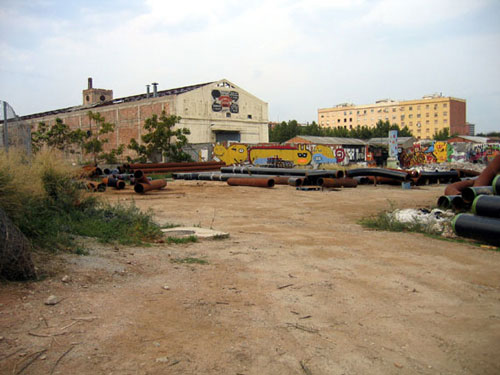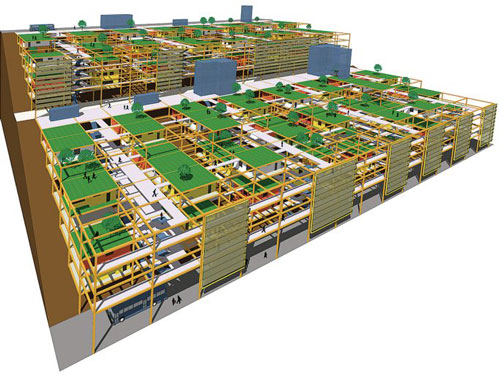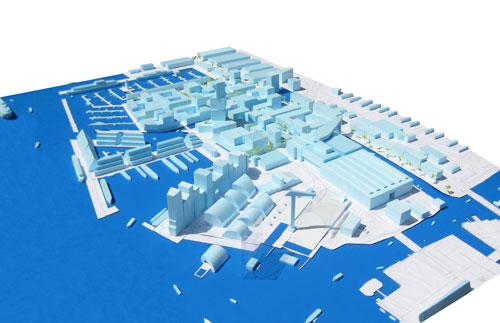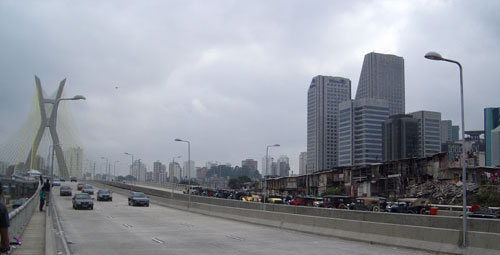
Last Friday the new prestigious hanging bridge at the end of Avenida Roberto Marinho (named after the media mogul, founder of Globo) was inaugurated. The R$260 milion (EUR 100 milion) project is supposed to be the new “postcard” of São Paulo and solve part of the transit problems in the Berrini/WTC area. In popular language “Estilingão” already replaced the oficial names of Ponte Estaiada and Otávio Frias.
To built the expressway and the bridge, most of the favela Jardim Edith was removed in the late 1990´s. A small part next to the bridge is still there, increasing the social contrasts on the city´s new postcard.
Cyclists and social housing organizations protested at the inauguration and invaded the bridge to have a picnic before the official parade of oldtimers would start. The bridge has exclusive access for cars and motorcycles; buses, cyclists and pedestrians will not be allowed.
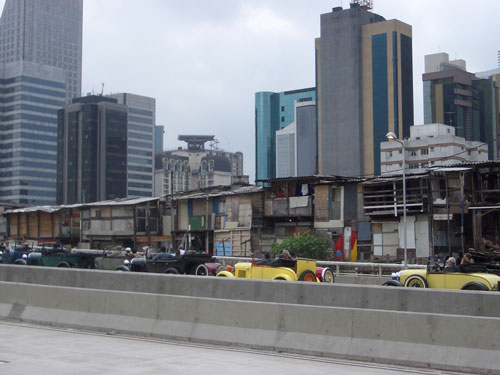
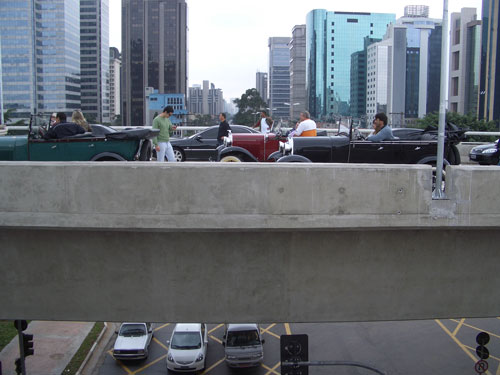
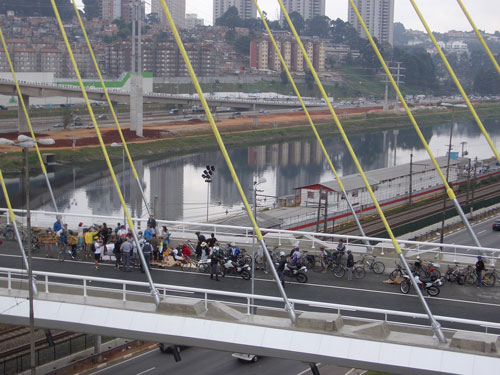
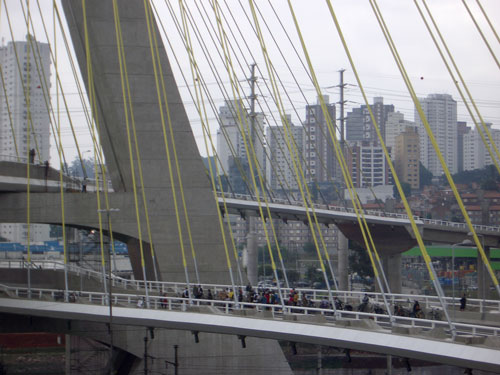
Also see:
www1.folha.uol.com.br/folha/cotidiano/…
http://apocalipsemotorizado.net/2008/05/11/ciclistas…

